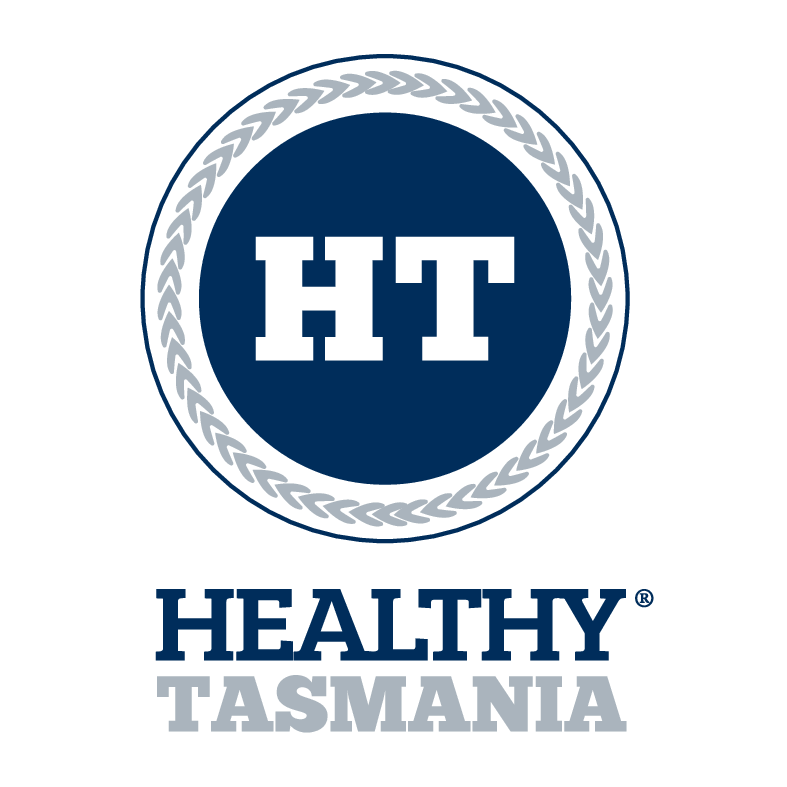Low socioeconomic groups and people living in rural Australia often have worse health. So, how do we make health an even playing field?
July 21 2022 - 11:57AM
Healthy Quit George Town participants 2022.
Tasmania has Australia's fastest growing ageing population, as well as higher rates of disability, chronic disease and smoking, and lower health literacy rates than its mainland counterparts.
Healthy Tasmania co-founder and managing director Lucy Byrne said it was important to be close to a community and understand its health needs, and look at evidence and adapt it to local areas.
Healthy Tasmania recently finished a quit smoking program in George Town in the state's north.
Ms Byrne said the program had a short term quit rate of 44.4 per cent by hosting its program in a local community house in a non-judgemental way.
But funding was a challenge for programs like hers, with national criteria not necessarily taking into account what happened at a local level.
"One thing that we would love to see is for these branching bodies and funding organisations to really think about the way that they are designing their processes to be fit for purpose, because we all want the same outcome, which is for our communities to be happier and healthier and more connected," she said.
Preventative health 'the best way'
Launceston-based general practitioner Dr Toby Gardner said access to services, affordability, unemployment and income levels directly determined health outcomes in Tasmania.
He said a lack of GPs and specialists also contributed to the problem.
"We know that preventative health is also the best way to invest from a governmental view, whether that's federally or state," Dr Gardner said.
"We need to try and get into schools to begin with to talk about healthy lifestyle decisions and try and educate people from a young age."
Dr Gardner said having health services reach out to local communities was important, with the success of COVID-19 vaccination uptake a prime example.
Instead, he said people were turning to emergency departments for primary care and conditions that could be seen by GPs.
RACGP president Dr Karen Price said one hospital admission was equivalent to the same patient seeing a GP twice a week for an entire year.
Tasmania is not alone. Australian Bureau of Statistics data shows rural and remote areas tend to have higher rates of deaths, injuries, hospitalisations, as well as poorer access to primary health services.
Professional research fellow at the University of Adelaide Professor Ian Olver said health responses needed to be targeted to local communities.
"You've first got to be aware of the disparities that various things like rurality and socio-economic status cause and try and make it a more even playing field on that front ... and [have] services available to people who live more remotely, or at least give them access to services that they can easily take advantage of," he said.
"By collecting the data, we're able to be quite specific on where the regions are and then we can look in detail about why the disadvantage exists, and therefore do something about it. If it's lack of easy access to healthcare, for example, then you attack that problem, if it's a high smoking rate, then you target that problem."
Professor Olver said health messaging was also key, but what worked for the general population was not necessarily appropriate for all groups, such as migrant or Aboriginal communities.
"We need to look after the vulnerable populations, because that's what we're talking about here, groups that don't have the same advantage as the majority of the population," he said.
"You've got to do some more specific things for vulnerable groups than you would for the general population if you want to have the same outcome."
Federal health minister Mark Butler said the government's Strengthening Medicare Taskforce was identifying ways to improve affordability and access, and deliver better support for patients with ongoing and chronic illness.
"Everyone, no matter where they live and what their circumstances, should have access to quality, affordable and safe health care," he said.
The government has dedicated $30.1 million to the National Preventive Health Strategy 2021-2030, which focuses on preventative health measures.
It includes strategies for improving health literacy and nutrition, and aims to improve partnerships between health policy makers and the community.
Mr Butler said it took a whole-of-system approach to address the drivers of health outcomes, reduce health inequities and decrease overall burden of disease.
Mr Butler said there was a focus on health equity for priority populations, with targets to improve the health of low socio-economic communities, rural and remote communities, and First Nations people.
This article was originally published in The Examiner Newspaper and can be accessed here


